Why is the site important?
If you were to take an underwater journey through Pen Llŷn a’r Sarnau, within half an hour you could pass by rocky shores covered in limpets, hermit crabs and gobies before swimming over a sandy seabed alive with flatfish, dragonet fish and sea mice. You could take a peek into dark sea caves, with walls carpeted in anemones and baked bean sea squirts. You might see a conger eel peeping out, or a grey seal having a rest!
You could pass through the deep open water to find ten-meter long basking sharks sieving plankton with their huge mouths, and dolphins and porpoises leaping above the waves. Further on, bubbling reefs make the water fizz with gas bubbles, before you climb out of the water onto one of the rocky Sarnau reefs or relax with baby bass and mullet in the creeks and channels of the coastal estuaries.
Because of all of these varied and unusual underwater landscapes, type of seabed (habitat), and the amazing animals and plants that live here, Pen Llŷn a’r Sarnau is protected as a Special Area of Conservation (SAC).
Special Areas of Conservation are chosen because they have some of the best examples in Europe of special wildlife areas, creatures and plants that need looking after.
You might think that Pen Llŷn a’r Sarnau is an unusual name. It represents a huge site encompassing Pen Llŷn (the Llŷn peninsula) to the north and the Sarnau reefs to the south, as well as the large estuaries along the coast of Meirionnydd and north Ceredigion. Named after the Welsh word for causeway, the Sarnau are three rocky reefs that extend up to 24 km out to sea. Legend had it that you could walk all the way to Ireland when the reefs were exposed at low tide. Pity the poor person who tried it, and found himself stranded all that way out to sea!
The title of Special Area of Conservation (SAC) is given to an area of land or sea in Europe that has good examples of certain habitats and wildlife. Pen Llŷn a’r Sarnau SAC has got twelve of these and the SAC is designed to help protect them.
Reefs
The Pen Llŷn a’r Sarnau reefs are some of the most unusual and unique in the country ranging from the living honeycomb worm reefs that span our sandy beaches to the vast boulder reefs of the Sarnau. We have also recently discovered that we have the only bubbling reef in the UK, which are known as methogenic reefs which create unique methane derived carbonate reefs (MDCRs) created from seeping methane from the seabed.

Sea caves
Many sea caves are scattered throughout the site with Pen Llŷn boasting the highest number. Sea Caves are very exciting places full of creatures sheltering from the exposed conditions of the cliffs. Animals here range from transparent sea squirts and colourful anemones to encrusting seaweeds, barnacles and limpets. Sea caves are also one of the grey seals favourite resting spots. Some caves, like the two levels cave on the St Tudwal Islands, actually have ledges in them that the seals use like beds!
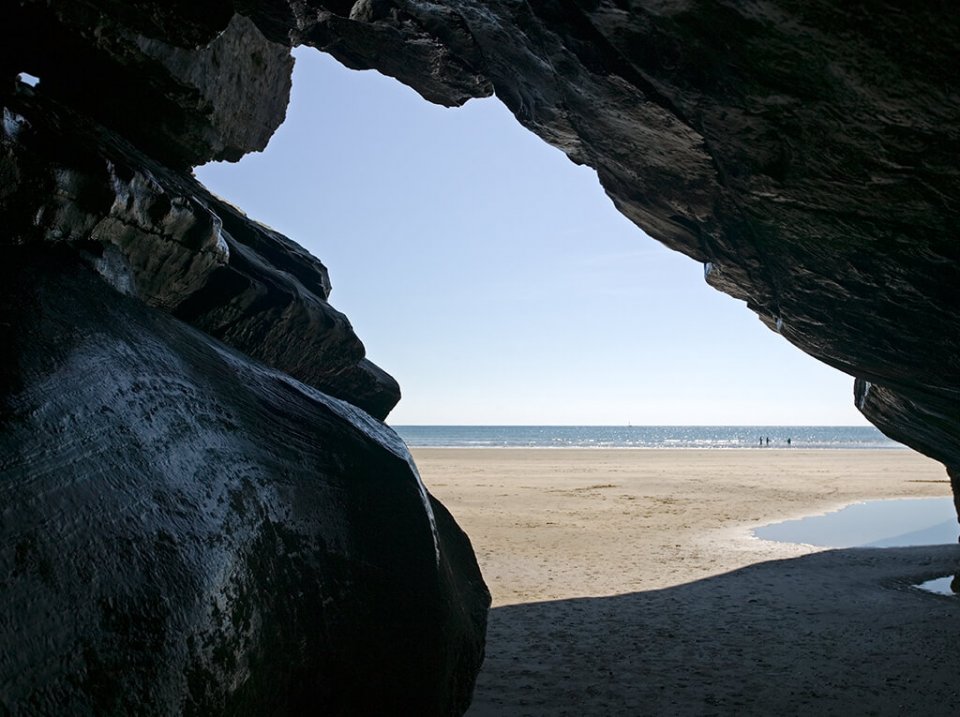
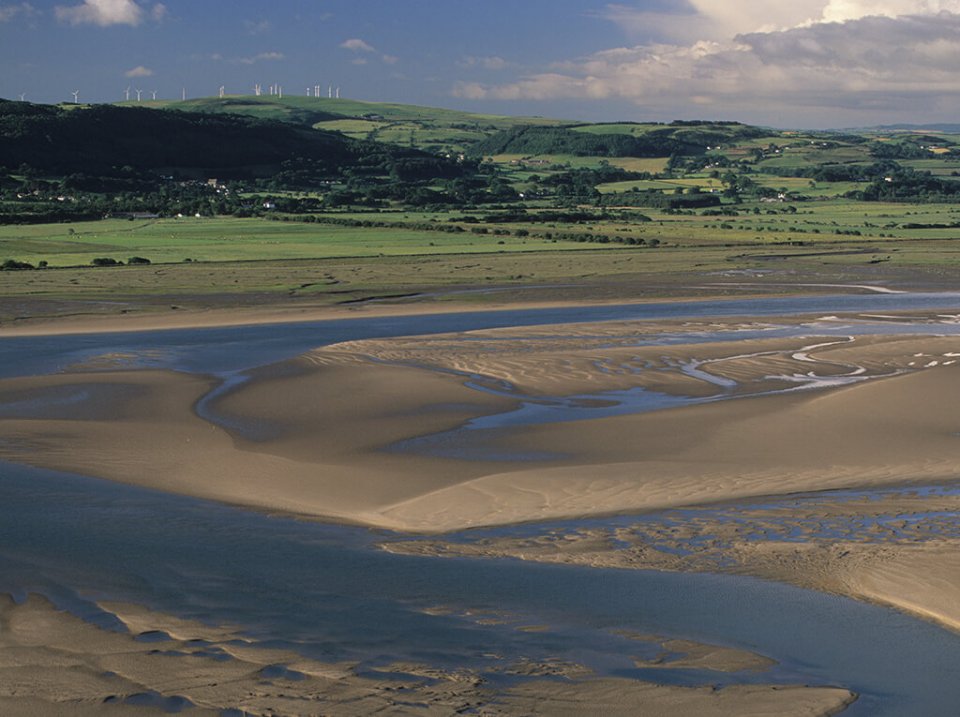
Estuaries, salt marshes and Salicornia
Pen Llŷn a’r Sarnau SAC has three main estuaries that are quite different to the ones you usually find, as they are mainly sandy rather than muddy. All three estuaries are extremely important as they provide shelter for many creatures and are vital nursery grounds for fish such as mullet, plaice and bass. A lamprey has even been found sucking on a fish in the Mawddach estuary! Because these are such rich areas many animals are seen foraging for food here including otters and grey seals.
All three of these estuaries are fringed by salt marsh, which includes Atlantic salt meadows and Salicornia. Salt marsh plants are extremely hardy and are often called pioneers, as they are the first to grow in such harsh salty conditions. Salicornia is a saltmarsh plant growing closest to the saltwater and it helps to stabilise the sand and mud allowing other plants to grow. Salt marsh plants, and the creeks and channels the form between them provide shelter and protection for many animals from small crabs and fish in the water to insects and birds on the land. The salt marshes of Pen Llŷn a’r Sarnau can provide excellent for grazing for lambs, which are said to fetch premium prices.
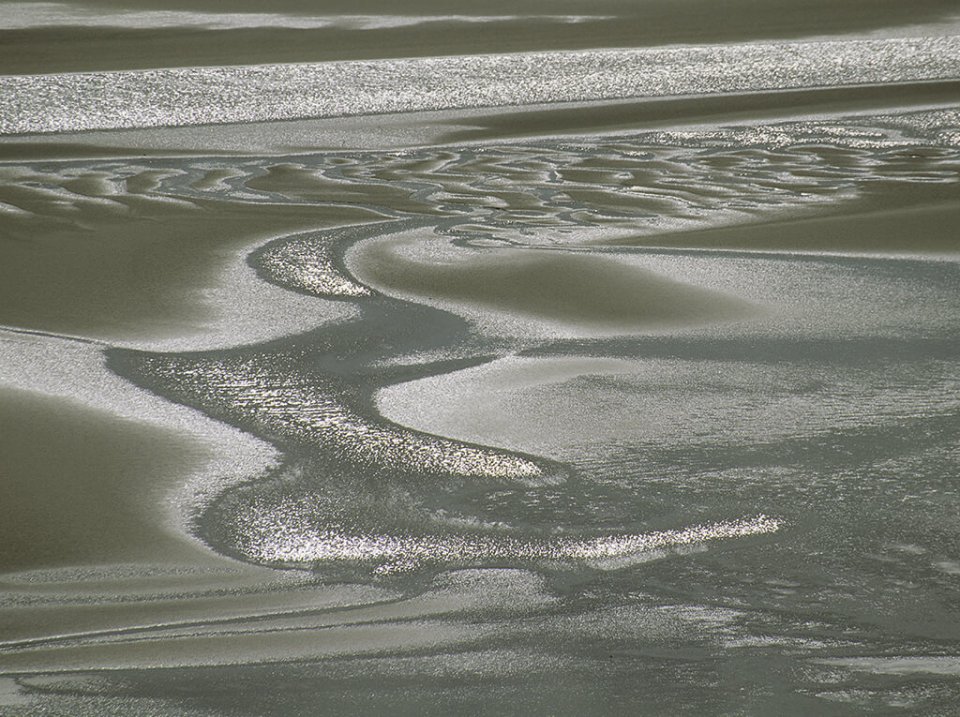
Sandbanks
The sandbanks of the SAC are very different to the other habitats mentioned so far. They are made up of mounds of sand that form different structures and shapes beneath the surface of the water. At first glance sandbanks may look quite barren, but take a closer look and you will see that thousands of animals have made these areas of sandy seabed their home. Many are buried just beneath the surface of the sand where as others have such excellent camouflage that it would take a very keen eye to spot them. Many creatures share the sandbanks from worms and shellfish to shrimp, crabs and starfish. Many of these provide food for other marine animals and sandbanks can be important feeding areas.
Lagoons
Lagoons are unusual wildlife habitats. They are areas of water that have either been cut off from the sea or are separated from the sea by a bank. Lagoons are very rare in the UK but we do have one in the SAC, the Morfa Gwyllt lagoon. Lagoons are very difficult places for animals and plants to live and consequently very few animals live there. The ones that do, however, are very specialised indeed. In the Morfa Gwyllt lagoon 14 different animals and plants have been found, if you compare this to an area in Tremadog Bay where hundreds of different animals live in an area of about a foot square you can see the difference!
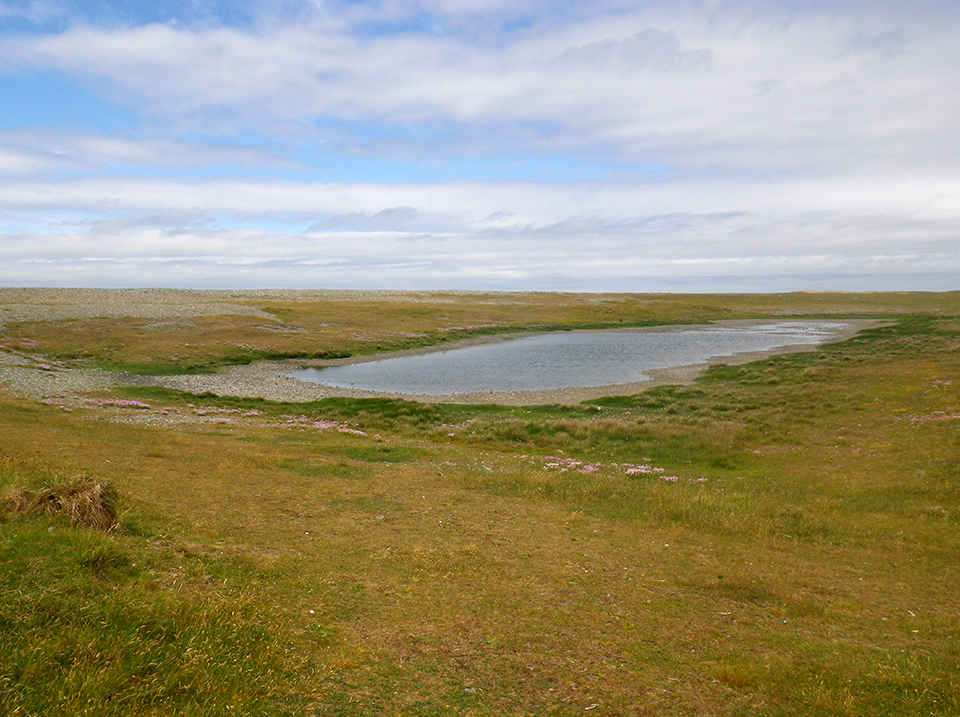
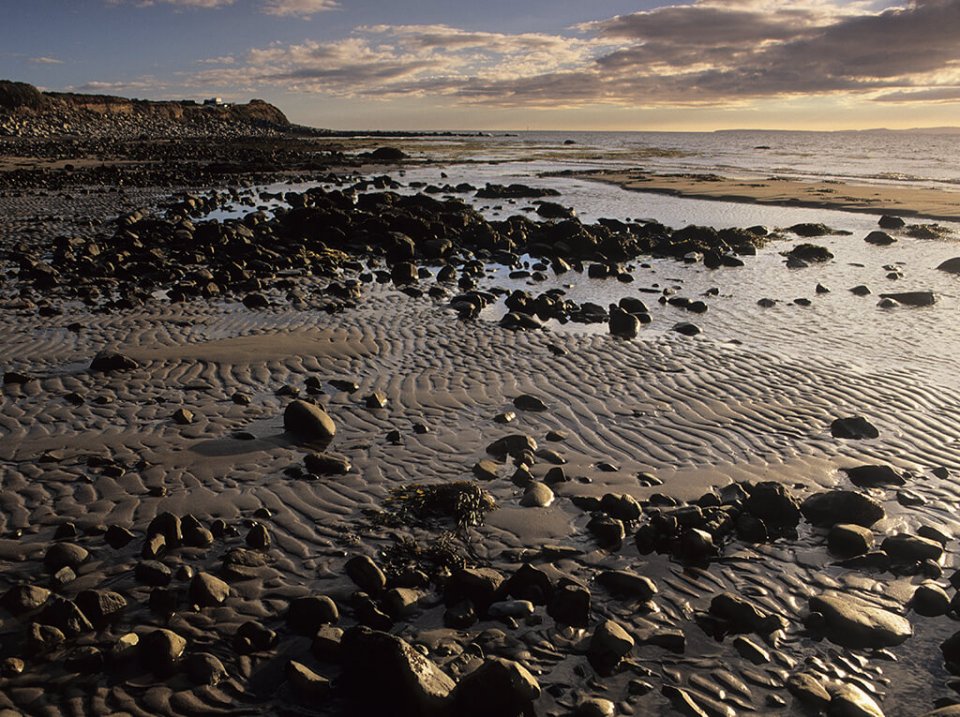
Mudflats and sandflats
Both mudflats and sandflats are areas of mud or sand that are covered by shallow water that become exposed when the tide goes out. Like the sandbanks, on first inspection these look like quite barren places but the animals here are very clever. Most of the animals that live here are under the sand and mud, this helps them from being seen and eaten and it also stops the tide from washing them away. When the tide does go out you can find hundreds of birds here, feeding on the animals that are hiding in the sand and mud. It doesn’t matter how deep the animals hide some birds will have beaks long enough to reach them.
Large shallow inlets and bays
Along any stretch of coast you are likely to find a number of small inlets and bays. Many of these will be used as natural harbours or places where people like to swim and enjoy the calm conditions. As the name suggests, a large shallow inlet or bay is a bigger version of these smaller bays. We have one of these in the Pen Llŷn a’r Sarnau SAC called Tremadog Bay. Many animals live here but the bay is quite unusual in that the waters are about 2°C warmer than the rest of the sea in the summer and about 2°C colder in the winter. This has a huge effect on what lives there and you can often find animals here that you wouldn’t find further north. In 1999 the burrowing mantis shrimp was found around the St. Tudwal Islands. This is an animal that is usually found in the Mediterranean!

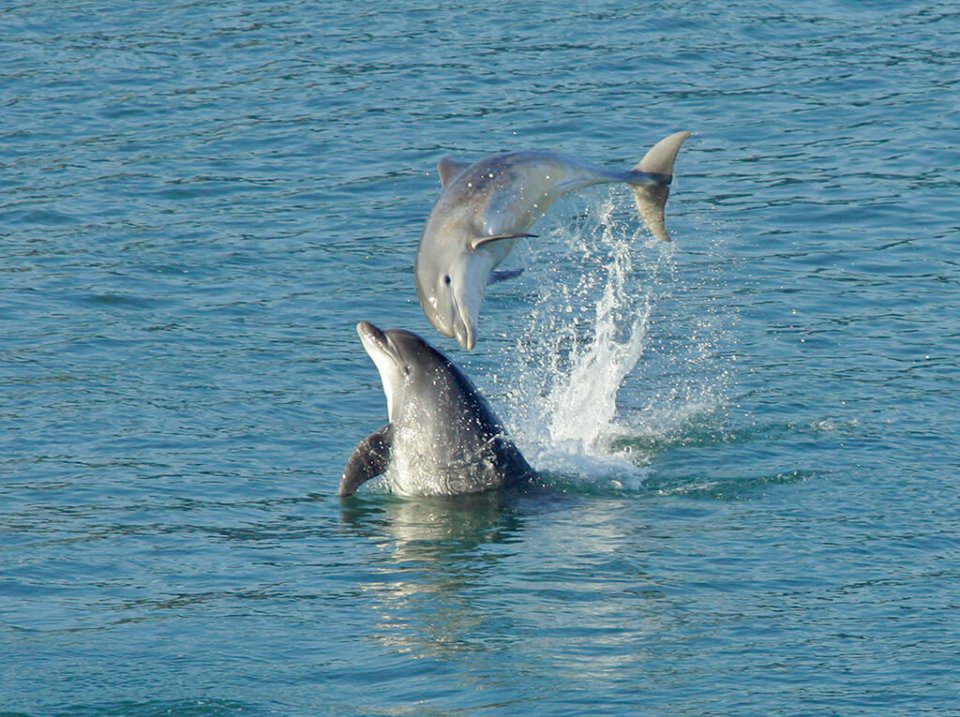
Bottlenose dolphins
It is true, we do have bottlenose dolphins here! In the UK there are two main areas where we know the bottlenose dolphins live, Cardigan Bay in Wales and the Moray Firth in Scotland. We are very lucky that the north of Cardigan Bay is in our SAC. Although the dolphins live mostly in Cardigan Bay they do travel around quite a bit and they have been seen all over the SAC. So next time you go for a walk around the coast keep your eyes peeled for them. They are very active animals and love nothing more than to play, you can often see them somersaulting and even body surfing with the waves!
Grey seals
Grey seals are one of the rarest seals in the world. Here in the UK we have nearly half of the world’s population of grey seals! They are very common along our shores and can often be seen sunbathing on the rocks or swimming about in the sea. You’d need good eyesight to see them though as they are the same colour as the rocks! They are very nosey creatures and love nothing more than to see what you are doing. If you are walking along the coast and there is a seal nearby it is very likely that it has seen you and is checking you out!
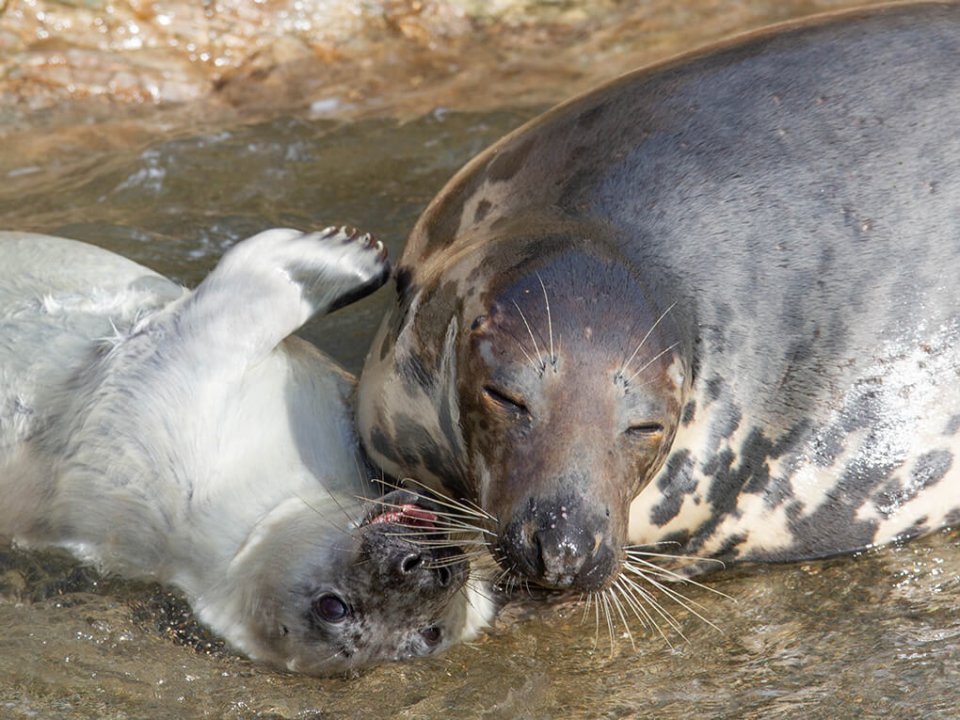
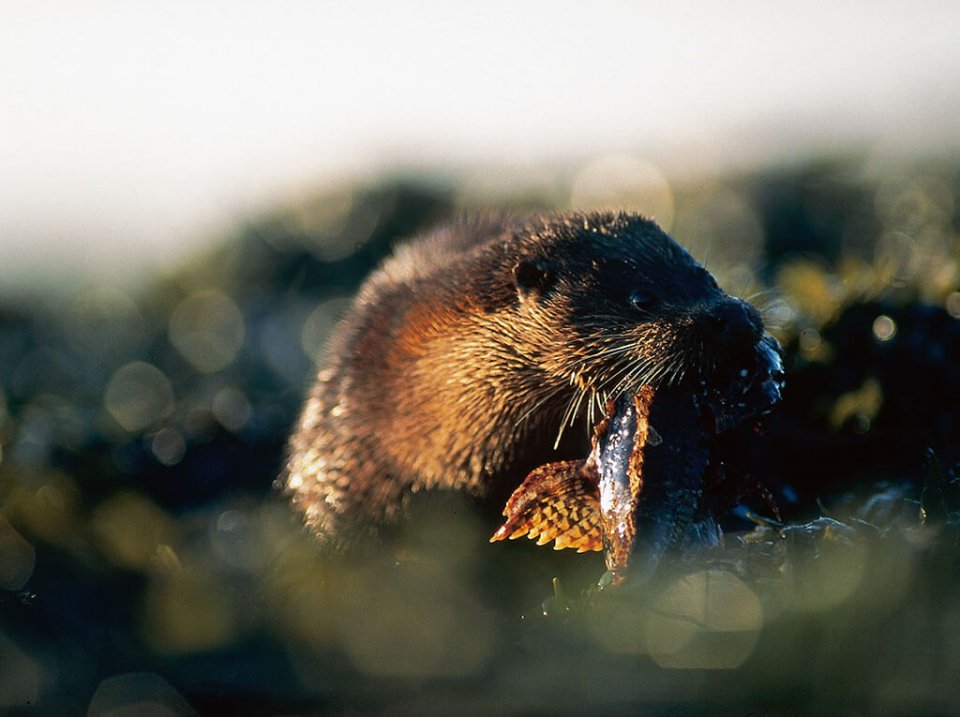
Otters
We have some very special otters here in the SAC, not only do they forage in the rivers and lakes but they also feed in the sea. Otters do need access to land to rest and also raise their young but they are most agile in the water. The otters that feed in the sea will need to be close to fresh water so they can rinse the salt out of their fur, this helps keep their fur waterproof. Otters love to hunt for fish especially things like eels, butterfish and wrasse. During the 1960s and 70s the otter population declined drastically, since then it has been gradually increasing again.
